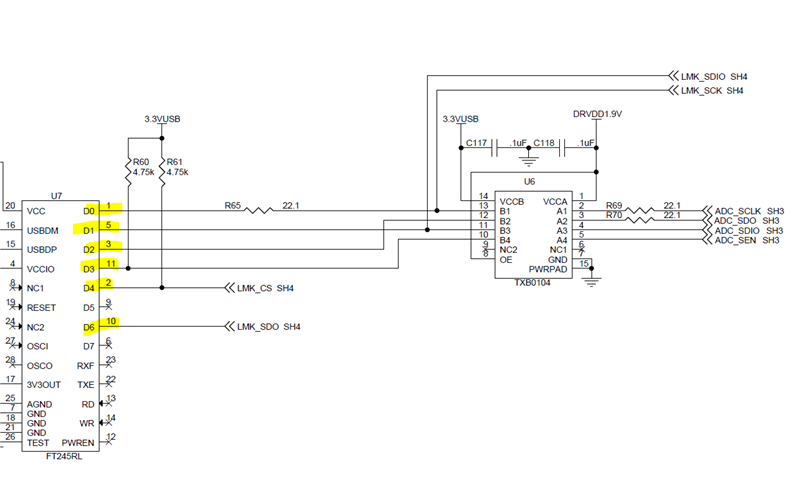I have a question regarding Texas Instruments ADS54J60EVM ADC.
I want to know if it possible to configure sampling rate and mode without using the provided TI GUI. Essentially, I want it to have the same configuration (sampling rate and LMFS mode) every time it is plugged on power.
If this is not possible using this exact FMC add-on card, could you provide me a customer of yours featuring this ADC model in another add-on FMC card so I can use it in my design?
The major thing is to not use a different part number as it would require major design changes.
We want to create a prototype as proof-of-concept for a future FPGA-ADC real-time DSP system. We do not have the capability to design a new PCB for the ADC.


